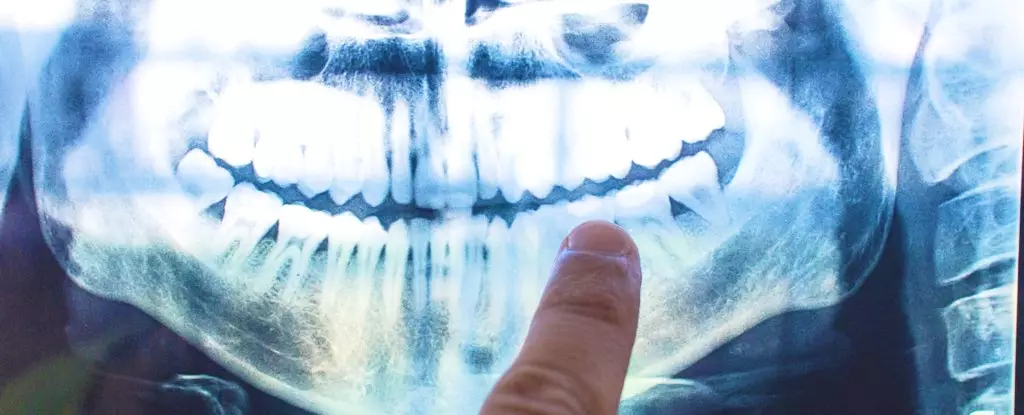In recent years, a growing number of scientific studies have backed an alarming hypothesis: Alzheimer’s disease isn’t just a disease, it’s an infection. While the exact mechanisms of this infection are something researchers are still trying to isolate, numerous studies suggest the deadly spread of Alzheimer’s goes way beyond what we used to think.
In a groundbreaking paper, researchers reported the discovery of Porphyromonas gingivalis, the pathogen behind chronic periodontitis (aka gum disease), in the brains of deceased Alzheimer’s patients. This finding is not entirely new, but the research team went further by conducting separate experiments with mice. They found that oral infection with the pathogen led to brain colonization by the bacteria, along with increased production of amyloid beta (Aβ), the sticky proteins commonly associated with Alzheimer’s.
The research team, coordinated by pharma startup Cortexyme, which was co-founded by first author Stephen Dominy, believes that they have uncovered a strong line of investigation in understanding the connection between gum disease and Alzheimer’s. While they do not claim to have definitive evidence of Alzheimer’s causation, they have solid evidence connecting P. gingivalis and Alzheimer’s pathogenesis.
In addition to identifying the presence of the P. gingivalis bacteria in the brains of Alzheimer’s patients, the team also identified toxic enzymes called gingipains secreted by the bacteria. These gingipains were found to correlate with two separate markers of the disease: the tau protein and a protein tag called ubiquitin. What is even more compelling is that these toxic gingipains were present in the brains of individuals who were never diagnosed with Alzheimer’s. This suggests that low levels of gingipains could be an early indicator of the disease, potentially leading to its development if individuals had lived longer.
One of the most exciting findings from the study is the potential of a compound formulated by Cortexyme called COR388. In experiments with mice, this compound showed the ability to reduce the bacterial load of an established P. gingivalis brain infection. It also demonstrated the ability to reduce amyloid-beta production and neuroinflammation. While further research is needed, these results offer hope for potential treatments targeting the underlying cause of Alzheimer’s.
The Alzheimer’s research community is cautiously optimistic about the implications of these findings. Chief scientific officer David Reynolds from Alzheimer’s Research commented, “Drugs targeting the bacteria’s toxic proteins have so far only shown benefit in mice, yet with no new dementia treatments in over 15 years, it’s important that we test as many approaches as possible to tackle diseases like Alzheimer’s.”
The discovery of a potential link between gum disease and Alzheimer’s opens up new avenues for research. Scientists must now focus on unraveling the exact mechanisms by which P. gingivalis infects the brain and how it contributes to the development and progression of Alzheimer’s disease. Additionally, further studies are needed to determine the effectiveness and safety of compounds like COR388 in human trials.
The groundbreaking research on the connection between gum disease and Alzheimer’s calls for greater attention to oral health. It highlights the importance of maintaining good oral hygiene throughout life, as poor dental care may contribute to the early development of the disease.
Although more research is needed, the discovery of the P. gingivalis bacteria in the brains of Alzheimer’s patients marks a significant breakthrough in the understanding of this devastating disease. It provides hope for the development of new treatments that target the underlying cause and potentially slow down or even prevent the progression of Alzheimer’s. This groundbreaking discovery serves as a reminder of the importance of scientific exploration and the potential for unexpected connections to transform our understanding of complex diseases.



Leave a Reply